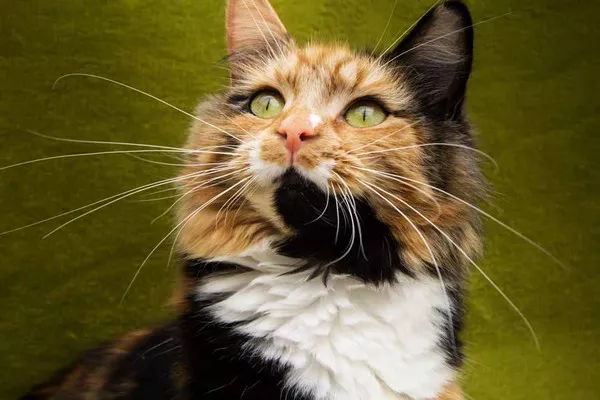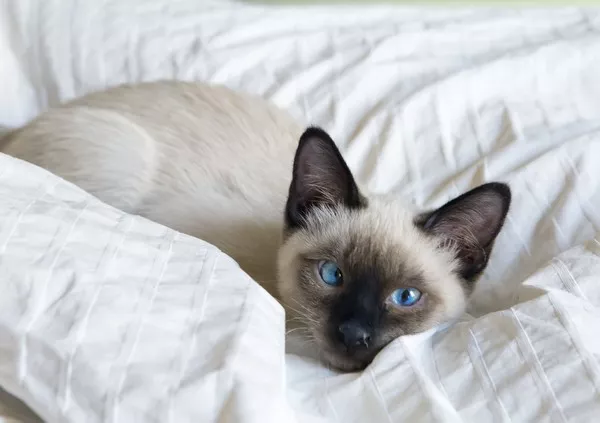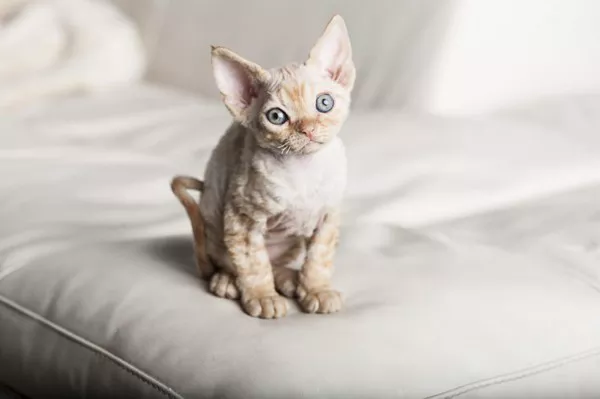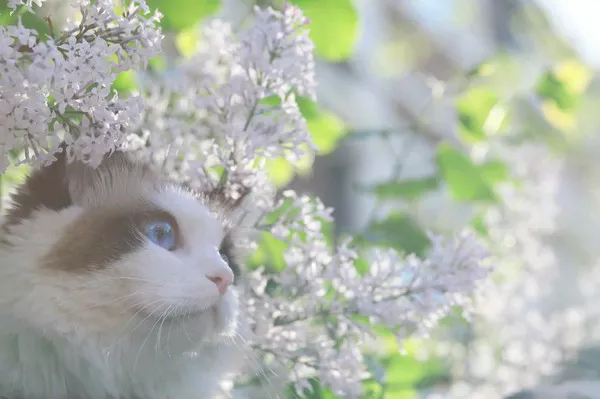Calico cats, with their distinctive tricolor coats and playful personalities, are beloved companions in households around the world. Like all cats, calicos require a balanced diet to support their overall health and well-being. However, determining the appropriate amount of food to feed your calico cat can be challenging, as individual cats have unique nutritional needs based on factors such as age, weight, activity level, and metabolism. In this comprehensive guide, we delve into the nutritional requirements of calico cats and provide practical tips for feeding them to ensure they maintain a healthy weight and thrive throughout their lives.
Understanding the Nutritional Needs of Calico Cats
Before we discuss how much food to feed a calico cat, let’s first explore the dietary requirements of these feline companions.
1. Essential Nutrients
1. Protein: High-quality protein is essential for supporting muscle health, tissue repair, and overall growth and development in cats. Look for cat food formulas with animal-based protein sources such as chicken, turkey, or fish.
2. Fat: Fat provides a concentrated source of energy for cats and is necessary for maintaining healthy skin and coat, as well as supporting organ function. Opt for cat food with moderate levels of healthy fats from sources like poultry fat or fish oil.
3. Carbohydrates: While cats are obligate carnivores and do not require carbohydrates in their diet, some carbohydrates can provide fiber and energy. However, it’s essential to choose cat food with limited carbohydrate content to mimic a cat’s natural diet.
4. Vitamins and Minerals: Cats require essential vitamins and minerals, including vitamin A, vitamin D, calcium, and phosphorus, to support various bodily functions, such as bone health, vision, and immune function. Ensure that your cat’s diet is balanced and complete to provide all necessary nutrients.
2. Caloric Needs
The caloric needs of calico cats vary depending on factors such as age, weight, activity level, and metabolism. Generally, adult cats require fewer calories than kittens or highly active cats.
It’s essential to monitor your calico cat’s weight and adjust their food intake accordingly to prevent obesity or underweight issues. Regular veterinary check-ups can help determine whether your cat is at a healthy weight and provide guidance on portion control.
Determining the Right Portion Size for Your Calico Cat
Finding the right portion size for your calico cat involves considering several factors to ensure they receive adequate nutrition without overeating or becoming overweight.
1. Feeding Guidelines
Follow the Manufacturer’s Recommendations: Most commercial cat food brands provide feeding guidelines on their packaging based on the cat’s weight and activity level. Use these recommendations as a starting point and adjust as needed based on your cat’s individual needs.
Monitor Body Condition: Regularly assess your cat’s body condition by feeling their ribs and observing their overall body shape. Ideally, you should be able to feel your cat’s ribs without pressing too hard, and they should have a defined waist when viewed from above.
2. Factors to Consider
1. Age: Kittens have higher caloric needs than adult cats due to their rapid growth and development. As kittens mature into adults, their caloric requirements decrease, so be sure to adjust their food intake accordingly.
2. Weight: Overweight cats may require fewer calories to help them lose weight, while underweight cats may need additional calories to reach a healthy weight. Consult with your veterinarian for personalized feeding recommendations based on your cat’s weight and body condition.
3. Activity Level: Highly active cats may require more calories to fuel their energy needs, while sedentary cats may need fewer calories to maintain a healthy weight. Consider your cat’s activity level when determining their portion size.
Tips for Feeding Your Calico Cat
In addition to portion control, here are some practical tips for feeding your calico cat to ensure they receive optimal nutrition and maintain a healthy weight:
1. Choose High-Quality Cat Food
Select cat food formulas that are specifically formulated to meet the nutritional needs of cats at different life stages. Look for brands that use high-quality ingredients and meet the standards set by organizations like the Association of American Feed Control Officials (AAFCO).
2. Provide Fresh Water
Ensure that your calico cat has access to fresh, clean water at all times to prevent dehydration and support proper kidney function. Consider using a water fountain to encourage your cat to drink more water, especially if they prefer running water.
3. Offer Multiple Small Meals
Consider dividing your cat’s daily food allowance into multiple small meals throughout the day to prevent overeating and maintain stable blood sugar levels. This approach can also help keep your cat’s metabolism active and reduce the risk of obesity.
4. Monitor Treat Intake
Limit the number of treats you offer your calico cat to avoid excessive calorie intake. Choose low-calorie, nutritious treats or use small portions of your cat’s regular food as treats to prevent weight gain.
Conclusion: Ensuring Your Calico Cat’s Nutritional Needs are Met
In conclusion, providing your calico cat with a balanced diet and appropriate portion sizes is essential for maintaining their overall health and well-being. By understanding their nutritional requirements and monitoring their weight and body condition, you can ensure that your calico cat receives the right amount of food to support their unique needs at every stage of life. With proper feeding practices and regular veterinary care, you can help your calico cat live a long, happy, and healthy life as your cherished feline companion.



























